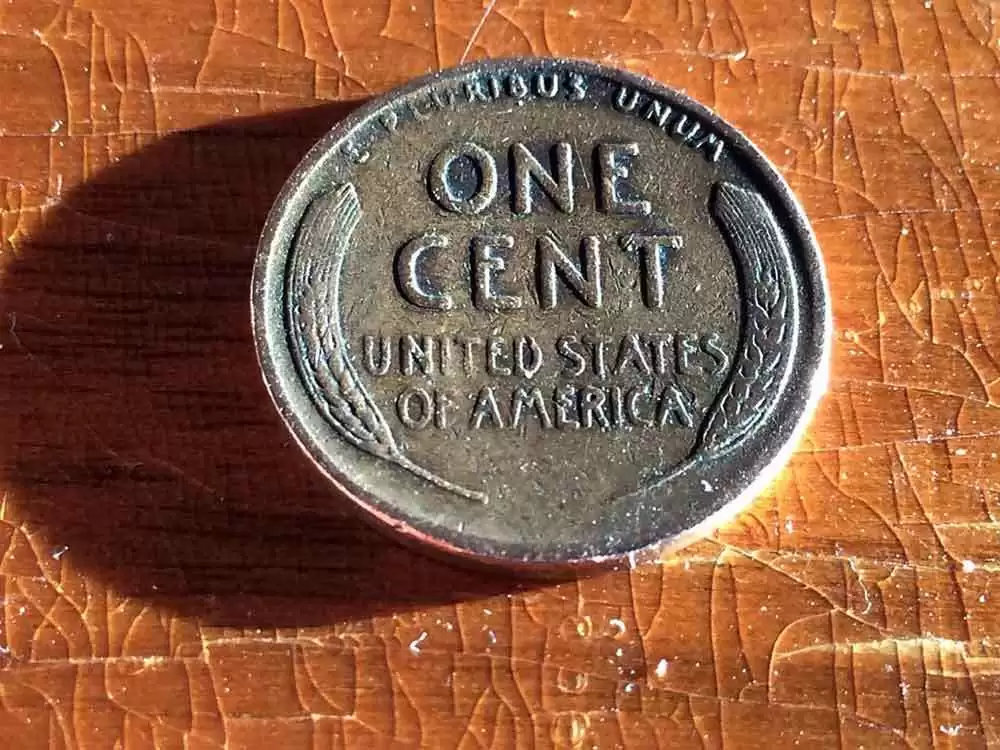
08/26/2020 - A new study on old and new wheat varieties shows no evidence for higher immunoreactivity in hybridized wheat strains. In fact, they found that rain changes immunoreactivity of wheat proteins even more than breeding.
In recent years, the number of people affected by celiac disease, wheat allergy or gluten or wheat sensitivity has risen sharply.
Celiac.com Sponsor (A12):
Many people who study celiac disease, and many who suffer from it, have wondered whether "modern wheat varieties contain more immunoreactive proteins than in the past," and if "this is the cause of the increased incidence of wheat-related disorders," says Darina Pronin, a doctoral student from the Leibniz-Institute for Food Systems Biology, and contributor to the study.
A single wheat kernel contains about seventy-percent starch, and about ten to twelve-percent protein. Up to eighty-percent of the protein is gluten, a mixture of two different protein molecules, "gliadins" and "glutenins." Gliadins, especially, are suspected of causing undesired immune reactions in people with celiac disease.
Could it be that modern wheat varieties contain more immunoreactive protein than in the past? We know from recent studies, that ancient Einkorn wheat is easier to digest and less toxic than modern Durum strains.
What about other old, but less ancient wheat hybrids? To assess the differences between old and new wheat varieties, Katharina Scherf, and her team at the Leibniz-Institute for Food Systems Biology, analyzed sixty wheat varieties originated between 1891 and 2010.
The team chose five popular wheat strains for each decade of the 120 year study period. To create comparable samples, they cultivated each strain in 2015, 2016 and 2017 under identical conditions.
Their analysis showed that modern wheat varieties contain slightly less protein than older strains, while overall gluten content has remained steady, with minor changes in composition. Over the period studied, the ratio of suspect gliadins fell by nearly twenty-percent, while the glutenins content rose about 25 percent.
Environment Changed Gluten Proteins More than Breeding
Interestingly, the team found that environmental conditions, such as rain, changed protein composition more than breeding. At least in terms of the proteins they studied, the team saw no evidence that the "immunoreactive potential of wheat has changed as a result of the cultivation factors," explains professor Scherf, now at the Karlsruhe Institute of Technology (KIT).
However, Scherf notes that the immunoreactivity of numerous protein types contained in wheat remain unstudied, so much remains to be explored.
Better understanding the composition and immunoreactivity of wheat could help researchers to better understand how celiac disease develops and is triggered, which could prove helpful in diagnosing and managing the condition. Several groups are working on non-toxic strains of wheat that may one day be suitable for those with celiac disease.
Read more at Sciencedaily.com










Recommended Comments
There are no comments to display.
Create an account or sign in to comment
You need to be a member in order to leave a comment
Create an account
Sign up for a new account in our community. It's easy!
Register a new accountSign in
Already have an account? Sign in here.
Sign In Now